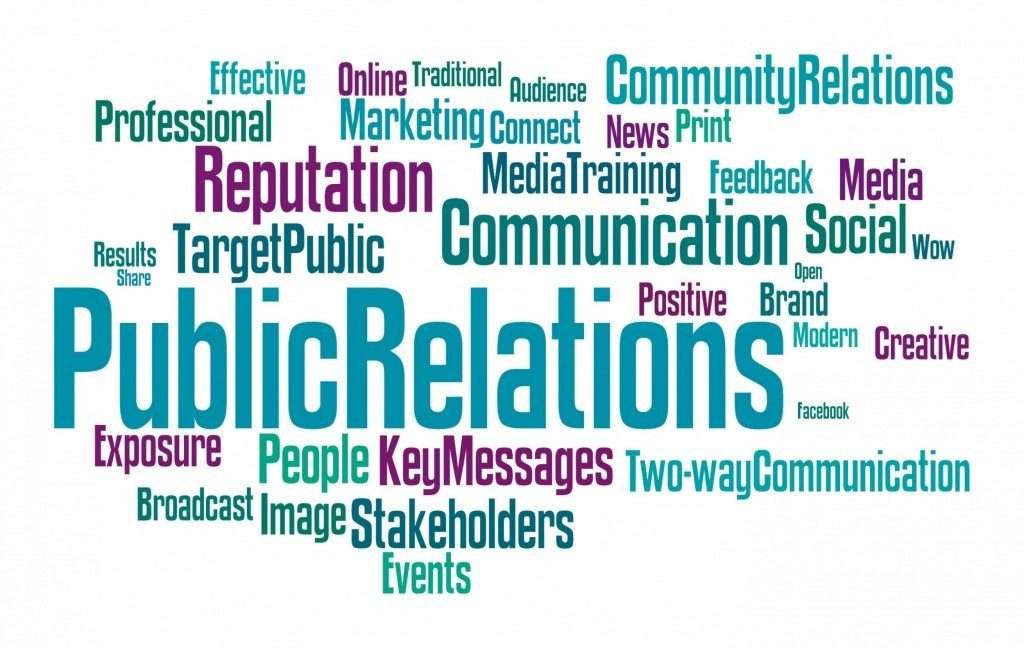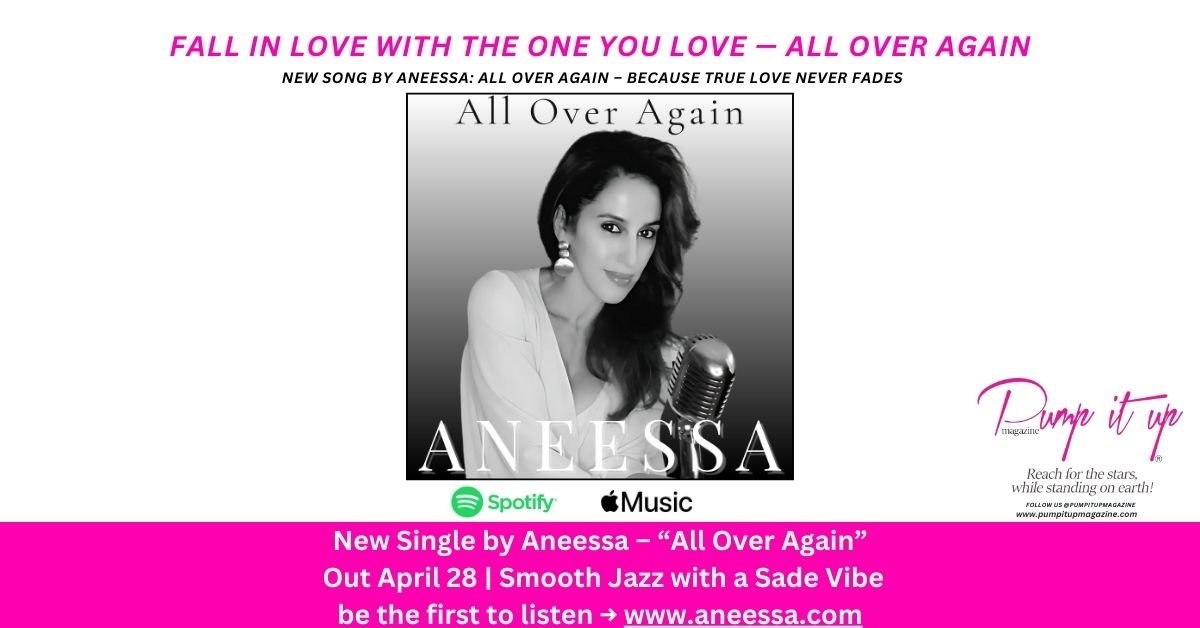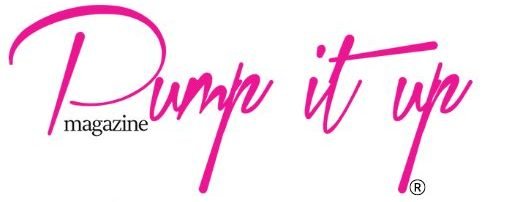by Robert Wynne
The public relations industry does a terrible job of public relations.
Very few people can explain what people in public relations really do. If you’re a cop, a construction worker or a cowboy, everybody knows your job function. (If you’re a cop, construction worker and a cowboy who hangs out with a guy dressed in leather, you’re in the Village People.)
As the owner of a boutique PR agency, I constantly have to explain that we don’t buy advertisements, we don’t order journalists to write stories for our clients, we don’t produce cute radio jingles, and we don’t hand out free samples at the mall. Yes, we try to promote our clients, our products or ourselves. But unlike advertisers, we persuade our external or internal audiences via unpaid or earned methods. Whether it’s the traditional media, social media or speaking engagements, we communicate with our audiences through trusted, not paid, sources.
To help the general public understand public relations and how to use these skills, and for those in the industry who need to explain their jobs to their grandparents, the occasional stranger, and friends, here are Five Things Everyone Should Know about Public Relations.
- What is public relations?
PR is the Persuasion Business. You are trying to convince an audience, inside your building or town, and outside your usual sphere of influence, to promote your idea, purchase your product, support your position, or recognize your accomplishments. Here’s what the Public Relations Society of America PRSA agreed upon after a few thousand submissions: “Public relations is a strategic communication process that builds mutually beneficial relationships between organizations and their publics.”
PR people are storytellers. They create narratives to advance their agenda. PR can be used to protect, enhance or build reputations through the media, social media, or self-produced communications. A good PR practitioner will analyze the organization, find the positive messages and translate those messages into positive stories. When the news is bad, they can formulate the best response and mitigate the damage.
The Princeton Review notes that: “A public relations specialist is an image shaper. Their job is to generate positive publicity for their client and enhance their reputation … They keep the public informed about the activity of government agencies, explain policy, and manage political campaigns. Public relations people working for a company may handle consumer relations, or the relationship between parts of the company such as the managers and employees, or different branch offices.”
Our tools include the following:
- Write and distribute press releases
- Speech writing
- Write pitches (less formal than press releases) about a firm and send them directly to journalists
- Create and execute special events designed for public outreach and media relations
- Conduct market research on the firm or the firm’s messaging
- Expansion of business contacts via personal networking or attendance and sponsoring at events
- Writing and blogging for the web (internal or external sites)
- Crisis public relations strategies
- Social media promotions and responses to negative opinions online
2. How is public relations different than advertising?
It’s Unpaid vs. Paid. Earned vs. Purchased. Credible vs. skeptical. Public relations tastes great, advertising is less filling.
There’s an old saying: “Advertising is what you pay for, publicity is what you pray for.”
Advertising is paid media, public relations is earned media. This means you convince reporters or editors to write a positive story about you or your client, your candidate, brand or issue. It appears in the editorial section of the magazine, newspaper, TV station or website, rather than the “paid media” section where advertising messages appear. So your story has more credibility because it was independently verified by a trusted third party, rather than purchased. Here’s a good chart from a previous column:

Another huge difference is price. PR firms charge monthly retainers or can be hired for specific projects. Advertising can be very pricey.
A former client purchased one full-page ad in a weekly magazine that cost him $125,000. He expected a wave of phone calls, viral media and multiple conversations about the ad. He got zero. In contrast, getting quoted in the New York Times, Forbes and Reuters resulted in national speaking invitations, calls from new and existing clients, and solid credibility. Not everyone can afford $125,000, but advertising can be expensive when you figure the cost of the space or time plus the creative designs and production costs. And most advertisements need to be repeated several times before the consumer can be influenced.
Because it’s in their best interest to sell you more ads, advertising folks tell clients what you WANT to hear. “Baby you’re the best! You just need to pay for a few months more for billboards and TV spots!” Because PR people deal with crises, image enhancement and creation of long-term relationships where your story often must be accepted by others (the media) before you obtain recognition, PR people tell you what you NEED to hear.












